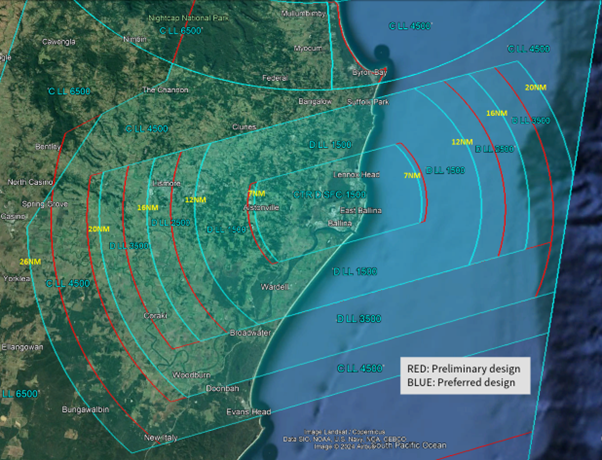Inappropriate use of Guard frequency 121.5 - survey
Many of you will be aware of the less than professional use of the International Air Distress frequency, or emergency frequency (121.5 MHz). Many members contributed feedback to the AusALPA survey we hosted late in August this year. Results from this survey reveal hotspots of misuse and the distraction this misuse is causing, particularly to pilots on descent/approach to land.
Recently (Oct 2024) and as part of a separate initiative to address the same issue at a global level, four global representative organisations collaborated on the same issue to release this joint
Industry Statement: Misuse of International Aeronautical Emergency Frequency 121.5 MHz. The Civil Air Navigation Services Organisation (CANSO), the International Air Transport Association (IATA), the International Federation of Air Line Pilots' Associations (IFALPA) and the International Federation of Air Traffic Controllers' Associations (IFATCA) came together to issue this critical joint statement addressing the misuse of the frequency.
This joint industry statement is predated by an earlier
IFALPA Safety Bulletin - Misuse of international aeronautical emergency frequency 121.5 MHz (2012).
The AFAP wants to highlight the intended use of the frequency to members and to raise our concerns that unprofessional conduct can interfere with and increase the workload of others, who may be in critical stages of flight and or dealing with safety critical matters at the time that the misuse of 121.5 contributes as a distraction to them. We encourage all professional pilots to hold themselves to a high ethical standard and to be considerate of others.
Ballina CTA
CASA recently provided an update to the Balling CTA concept to industry stakeholders for consultation. See the diagram for the proposed alterations (where red lines are the previously proposed dimensions and blue are the new and current design).

The dimensions and airspace steps of the airspace concept appear reasonable but are under internal consultation with S&T reps. AusALPA has discussed and supported the changes. The airspace is due to take effect on the second AIRAC date of 2025.